СЕКРЕТЫ ИДЕАЛЬНОЙ ФИГУРЫ. ШЕСТЬ БЕСПЛАТНЫХ ВИДЕО УРОКОВ.
репост для получения 6-го урока
Mind blog
Я разумно - значит полезно.
среда, 29 ноября 2017 г.
вторник, 24 января 2017 г.
Winter Hexagon over Manla Reservoir
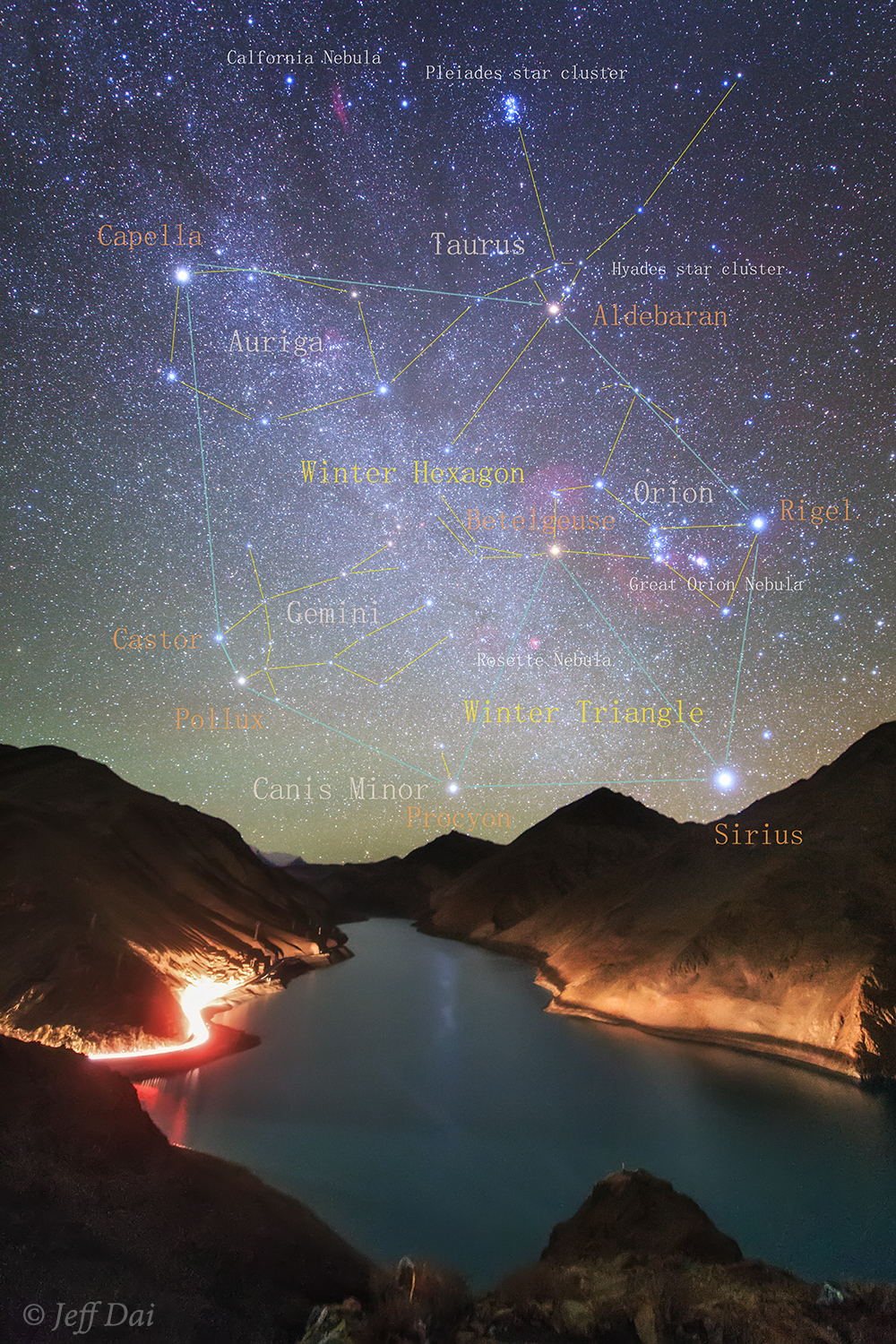
If you can find Orion, you might be able to find the Winter Hexagon. The Winter Hexagon involves some of the brightest stars visible, together forming a large and easily found pattern in the winter sky of Earth's northern hemisphere. The stars involved can usually be identified even in the bright night skies of a big city, although here they appeared recently in dark skies above the Manla Reservoir in Tibet, China. The six stars that compose the Winter Hexagon are Aldebaran, Capella, Castor (and Pollux), Procyon, Rigel, and Sirius. Here, the band of our Milky Way Galaxy runs through the center of the Winter Hexagon, while the Pleiades open star cluster is visible just above. The Winter Hexagon asterism engulfs several constellations including much of the iconic steppingstone Orion. via NASA http://ift.tt/2jQki0x
понедельник, 23 января 2017 г.
SpaceX Falcon 9 to Orbit
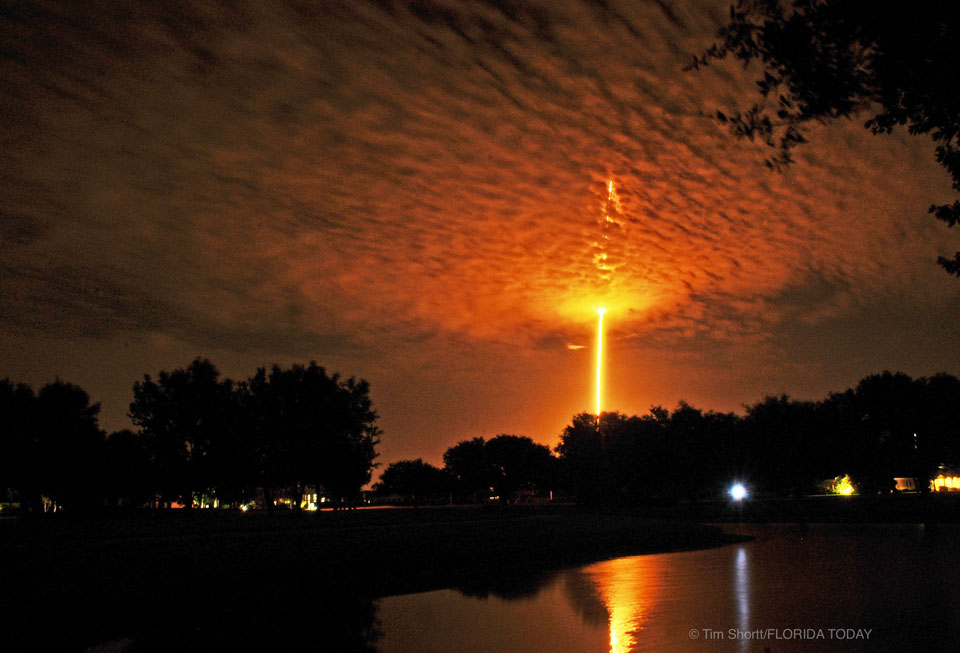
Birds don't fly this high. Airplanes don't go this fast. The Statue of Liberty weighs less. No species other than human can even comprehend what is going on, nor could any human just a millennium ago. The launch of a rocket bound for space is an event that inspires awe and challenges description. Pictured here, a SpaceX Falcon 9 V rocket lifted off through a cloud deck from Cape Canaveral, Florida last July to deliver cargo and supplies to the International Space Station. From a standing start, the 300,000+ kilogram rocket ship lifted its Dragon Capsule up to circle the Earth, where the outside air is too thin to breathe. Rockets bound for space are now launched from somewhere on Earth about once a week. via NASA http://ift.tt/2j0QDO9
четверг, 12 января 2017 г.
Mimas, Crater, and Mountain
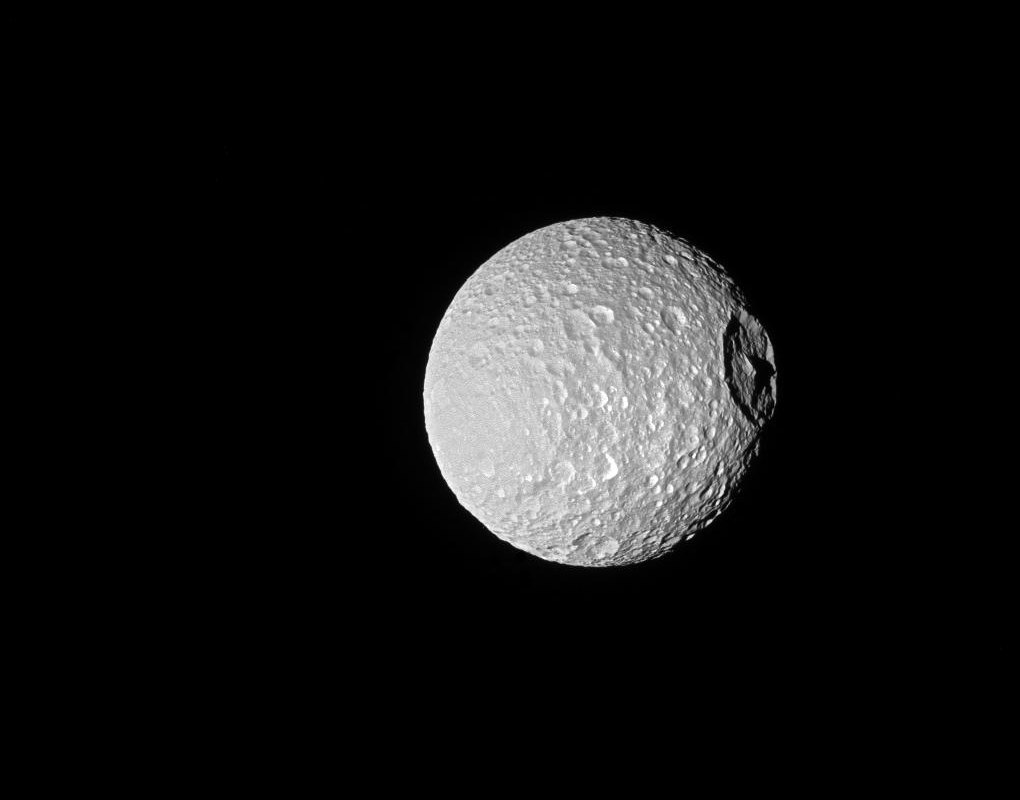
Mimas is an icy, crater-pocked moon of Saturn a mere 400 kilometers (250 miles) in diameter. Its largest crater Herschel is nearly 140 kilometers wide. About a third the diameter of Mimas itself, Herschel crater gives the small moon an ominous appearance, especially for scifi fans of the Death Star battlestation of Star Wars fame. In fact, only a slightly bigger impact than the one that created such a large crater on a small moon could have destroyed Mimas entirely. In this Cassini image from October 2016, the anti-Saturn hemisphere of the synchronously rotating moon is bathed in sunlight, its large crater near the right limb. Casting a long shadow across the crater floor, Herschel's central mountain peak is nearly as tall as Mount Everest on planet Earth. via NASA http://ift.tt/2icWXql
четверг, 5 января 2017 г.
Clouds of Andromeda
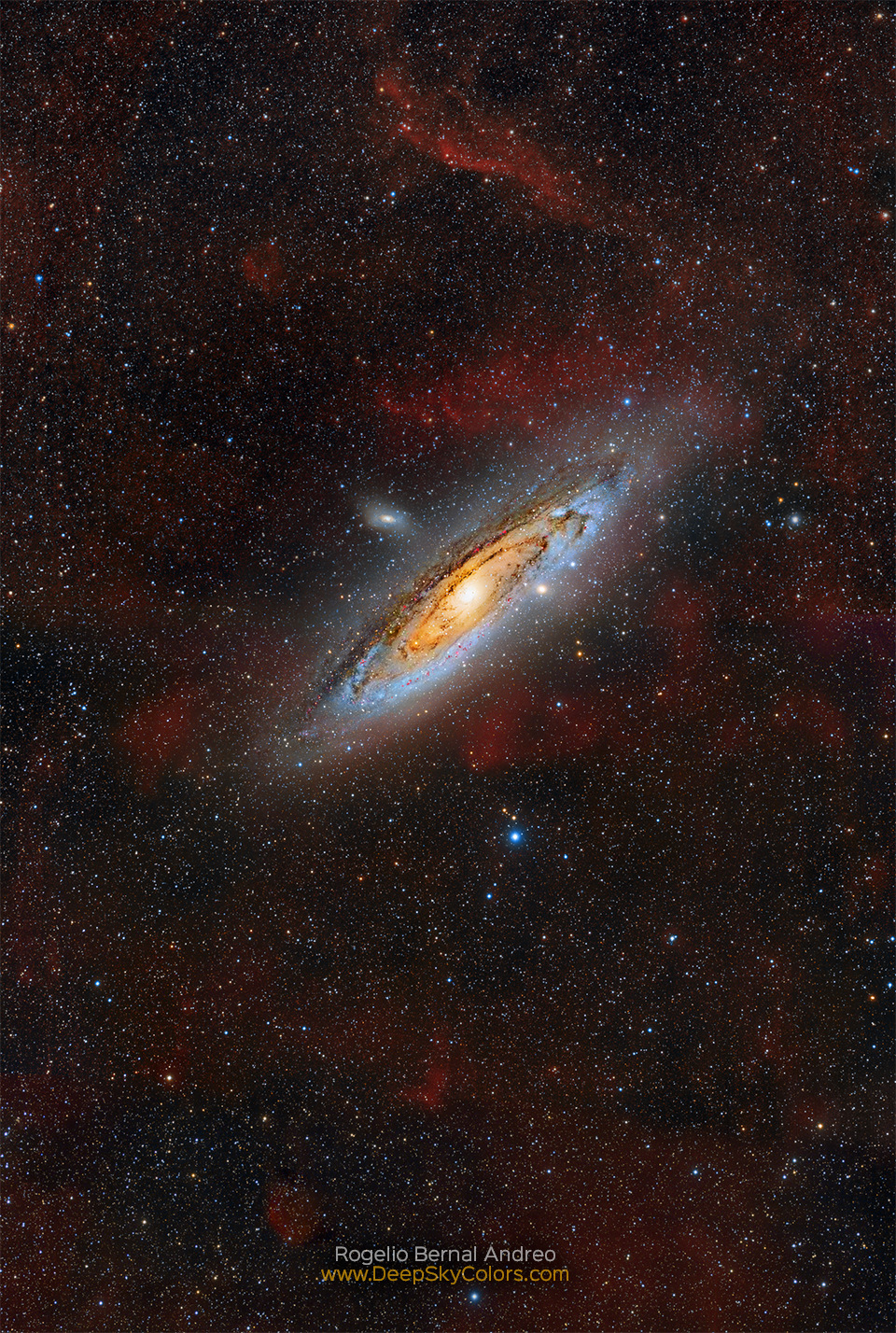
The beautiful Andromeda Galaxy is often imaged by planet Earth-based astronomers. Also known as M31, the nearest large spiral galaxy is a familiar sight with dark dust lanes, bright yellowish core, and spiral arms traced by blue starlight. A mosaic of well-exposed broad and narrow-band image data, this colorful, premier portrait of our neighboring island universe offers strikingly unfamiliar features though, faint reddish clouds of glowing ionized hydrogen gas in the same wide field of view. Still, the ionized hydrogen clouds likely lie in the foreground of the scene, well within our Milky Way Galaxy. They could be associated with the pervasive, dusty interstellar cirrus clouds scattered hundreds of light-years above our own galactic plane. If they were located at the 2.5 million light-year distance of the Andromeda Galaxy they would be enormous, since the Andromeda Galaxy itself is 200,000 or so light-years across. via NASA http://ift.tt/2ia5kyQ
среда, 4 января 2017 г.
Clouds of Andromeda

The beautiful Andromeda Galaxy is often imaged by planet Earth-based astronomers. Also known as M31, the nearest large spiral galaxy is a familiar sight with dark dust lanes, bright yellowish core, and spiral arms traced by blue starlight. A mosaic of well-exposed broad and narrow-band image data, this colorful, premier portrait of our neighboring island universe offers strikingly unfamiliar features though, faint reddish clouds of glowing ionized hydrogen gas in the same wide field of view. Still, the ionized hydrogen clouds likely lie in the foreground of the scene, well within our Milky Way Galaxy. They could be associated with the pervasive, dusty interstellar cirrus clouds scattered hundreds of light-years above our own galactic plane. If they were located at the 2.5 million light-year distance of the Andromeda Galaxy they would be enormous, since the Andromeda Galaxy itself is 200,000 or so light-years across. via NASA http://ift.tt/2ia5kyQ
Pandora Close up at Saturn
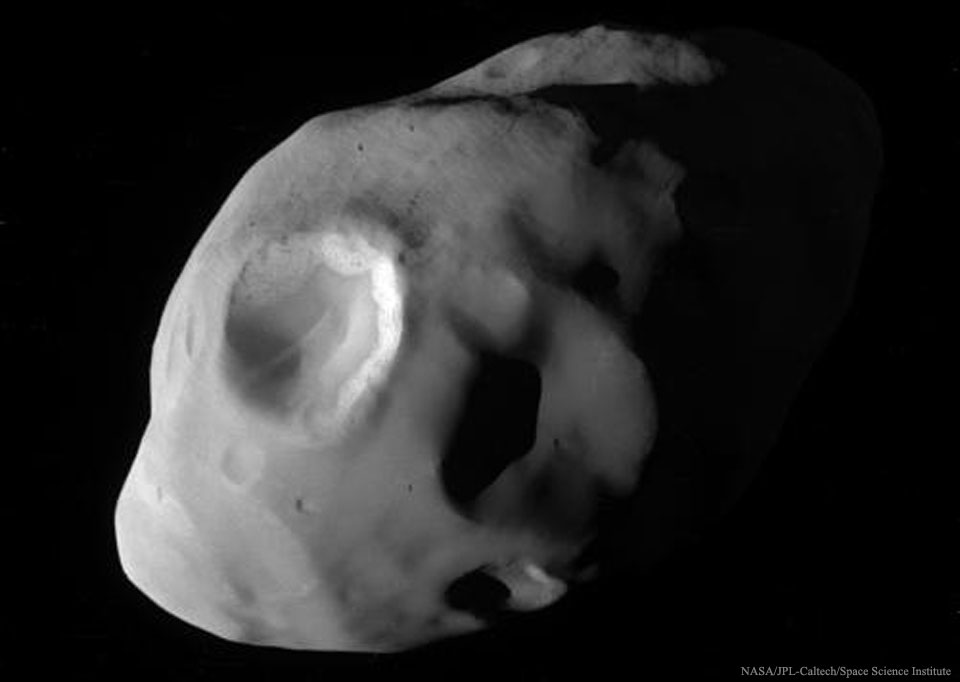
What do the craters of Saturn's small moon Pandora look like up close? To help find out, NASA sent the robotic Cassini spacecraft, now orbiting Saturn, past the unusual moon two weeks ago. The highest resolution image of Pandora ever taken was then captured from about 40,000 kilometers out and is featured here. Structures as small as 300 meters can be discerned on 80-kilometer wide Pandora. Craters on Pandora appear to be covered over by some sort of material, providing a more smooth appearance than sponge-like Hyperion, another small moon of Saturn. Curious grooves and ridges also appear to cross the surface of the small moon. Pandora is partly interesting because, along with its companion moon Prometheus, it helps shepherd the particles of Saturn's F ring into a distinct ring. via NASA http://ift.tt/2j09Gs7
Подписаться на:
Комментарии (Atom)